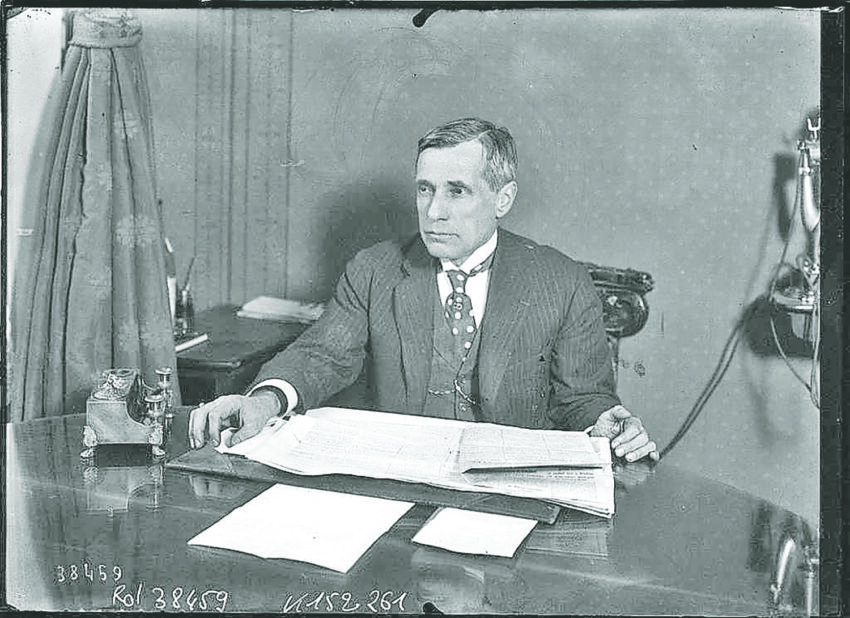Hailey Heseltine
news@greenepublishing.com
Historically, newspapers have played a bigger role in cultural development than we may realize. Important literary works, such as short stories and poems, were often published in papers before becoming part of their own book or anthology. Newspaper reviews were essential for popularizing the works of artists and musicians. Even many contests and competitions we know today were started by newspapers.
One such contest is the Tour de France. Given the race's prestigious and popular nature, it may be surprising to know that it all began with one humble newspaper—the L'Auto.
L'Auto, originally titled L'Auto-Vélo, first hit the newsstands in 1900, under publisher Henri Desgrange, a famous French cyclist. Desgrange was born on Jan. 31, 1865, in Paris. After seeing a bicycle race and becoming inspired, at the age of 26, he decided to start cycling and competing in races. His career quickly took off in the years to follow—he evidently had quite the talent. By 1894, he had set multiple records and had written a book about cycling.
Desgrange became the publisher of L'Auto-Vélo, a new newspaper dedicated to bicycling and other vehicles, in 1900. The paper was made to be an alternative option to Le Vélo, an extremely popular sports paper, after dissatisfaction had caused some employees and readers to look for other options. Le Vélo forced him to drop the former part of his newspaper's name in 1902, since the two were too similar, and it became simply L'Auto. Though the paper enjoyed a measure success, it was still no comparison to its competitor. It needed something special. It needed to be distinctive, to bring something exciting to the table to improve the paper's circulation—and journalist George Lefèvre had just the idea.
A six-day-long race across France could be just the thing the paper needed, he believed. The race would cover around 2,248 kilometers, or about 1, 509 miles, traveling all across France instead of being confined to the track. No distance race of this scale had ever taken place in France before. Previous, smaller tours had proven profitable to other papers in the past, so why would this one not be even more so? The idea was approved, and the first Tour de France was announced only two months later.
The summer of 1903 brought the first ever six-stage Tour de France to life. There were some difficulties in attracting competitors, as the contest was very rigorous—cyclists often had to bike through the night, and each stage was about 405 kilometers, or about 252 miles. From the race's start in Paris, the cyclists would journey through Lyon, Marseille, Toulouse, Bordeaux and Nantes before returning back to Paris. The trip was demanding but the reward of 12,000 francs for the winner and 3,000 francs for the winner of each individual stage was too tempting for many to resist. Dozens of competitors lined up and set off on the afternoon of July 1, 1903. Despite most competitors dropping out of the physically-demanding race, 24 persisted until the end. Maurice Garin was the competitor to ultimately claim the first-place reward weeks later.
The Tour de France was a tremendous success for publicity with the L'Auto. Its circulation tripled during the event, and that number only grew with each year that followed. Adjustments were made to the rules and routes, as there were plenty of things that needed to be fixed and varied in the contest's early years. L'Auto experienced its peak circulation—its peak before it became L'Equipe during the 1940s, which it is still called today—in 1933, with over 850,000 copies sold.
Today, the Tour de France is just as popular as ever. Despite just starting as the idea of a little newspaper, it now has a reputation as one of the most prestigious bicycle races in the world. The 2024 Tour de France—the 111th—is planned to begin tomorrow, on Saturday, June 29, in Florence, Italy.

